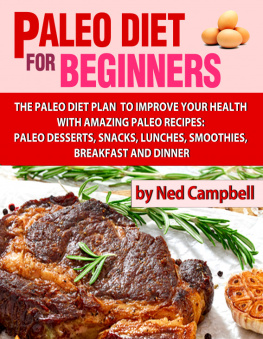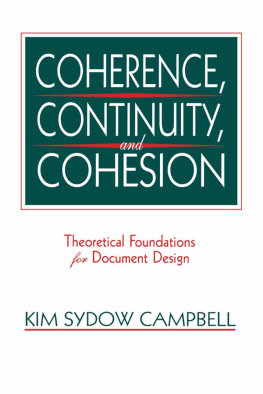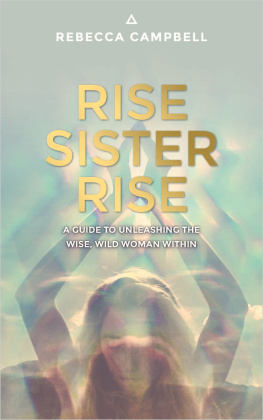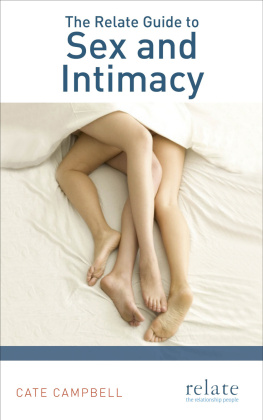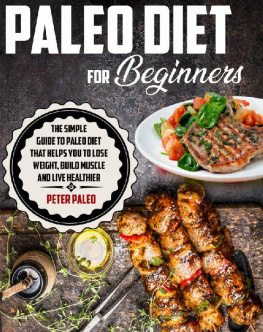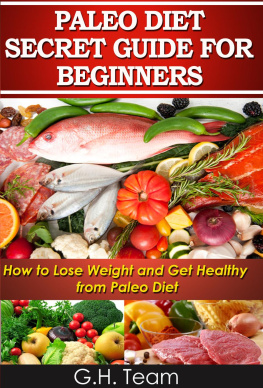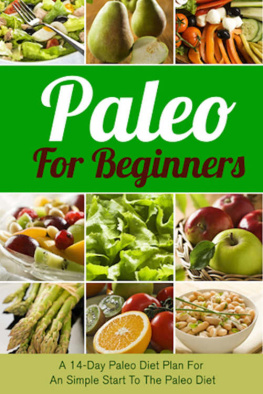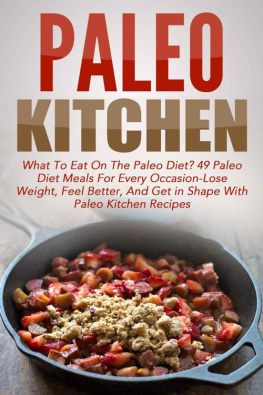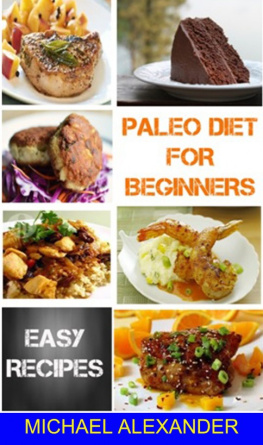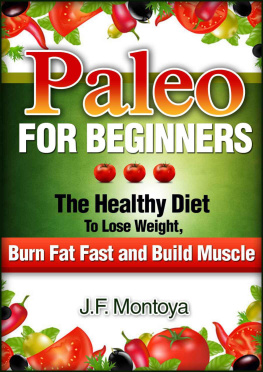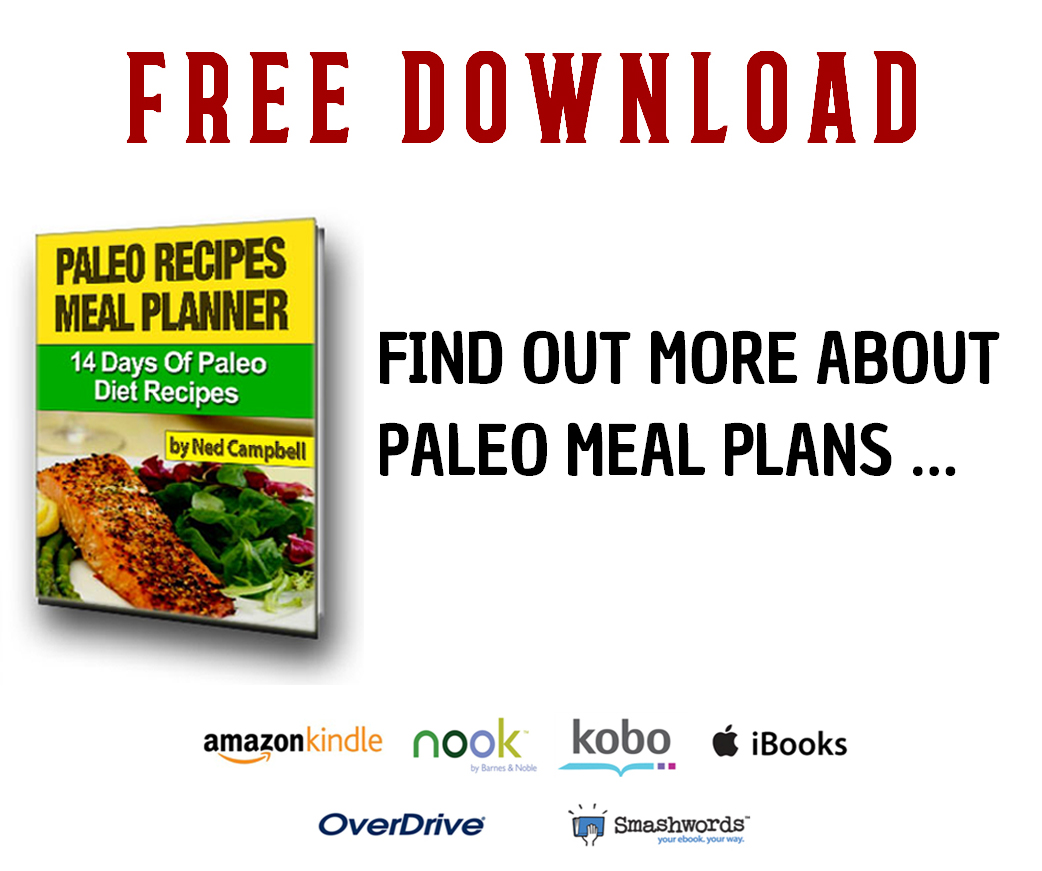
Paleo Diet ForBeginners
Amazing Recipes For PaleoSnacks, Paleo Lunches, Paleo Smoothies, Paleo Desserts, PaleoBreakfast, And Paleo Dinner
By: Ned Campbell
Sign up for the authors New PaleoRecipes mailing list and get a free copy of Paleo Recipes 14 Days Of Paleo Diet Recipes.
Click here to get started:
http://www.bookwormpublishers.com/paleo-meal-plans
Table of Contents
Publishers Notes
Disclaimer
This publication is intended to providehelpful and informative material. It is not intended to diagnose,treat, cure, or prevent any health problem or condition, nor isintended to replace the advice of a physician. No action should betaken solely on the contents of this book. Always consult yourphysician or qualified health-care professional on any mattersregarding your health and before adopting any suggestions in thisbook or drawing inferences from it.
The author and publisher specificallydisclaim all responsibility for any liability, loss or risk,personal or otherwise, which is incurred as a consequence, directlyor indirectly, from the use or application of any contents of thisbook.
Any and all product names referenced withinthis book are the trademarks of their respective owners. None ofthese owners have sponsored, authorized, endorsed, or approved thisbook.
Always read all information provided by themanufacturers product labels before using their products. Theauthor and publisher are not responsible for claims made bymanufacturers.
Copyright KDI Publishing Company Divisionof Bookworm Publishing 2013
Manufactured in the United States ofAmerica
Dedication
This book is for my dad, who taught me tocook and inspired me to be curious and always ask the annoyingquestions.
This book is for Lucy, the Australopithecuswoman whose fossilized bones taught us so much of what we knowabout ourselves and where we come from.
This book is for runners, bikers, andclimbers; walkers, swimmers, and dancers; anyone who wants theenergy to go further and be more.
Its for scrimpers and savers,do-it-yourselfers and guerilla gardeners, those who use theirresources to maximum efficiency,
and never stop repurposing until nothing iswasted.
Its for every bipedal hominid that haswalked under warm yellow street lamps or cool brilliant stars toget home in time for dinner.
This book is to feed your inner adventurerand sustain the perfectly adapted and evolved body you call home.No matter your age, your background, your family or your situation,we all share common ancestors, and we all share a genetic codeperfectly adapted to our natural resources.
This book is dedicated to the unique DNAsequence that makes you unlike any human that ever lived, yetnearly 100% identical to your 10,000-year-old ancestors. This bookis dedicated to millions of years of breakfast, lunch, and dinner,before we even agreed on what to call them.
This book is for you.
Ned Campbell
September 2013
Chapter 1- The Paleo DietExplained
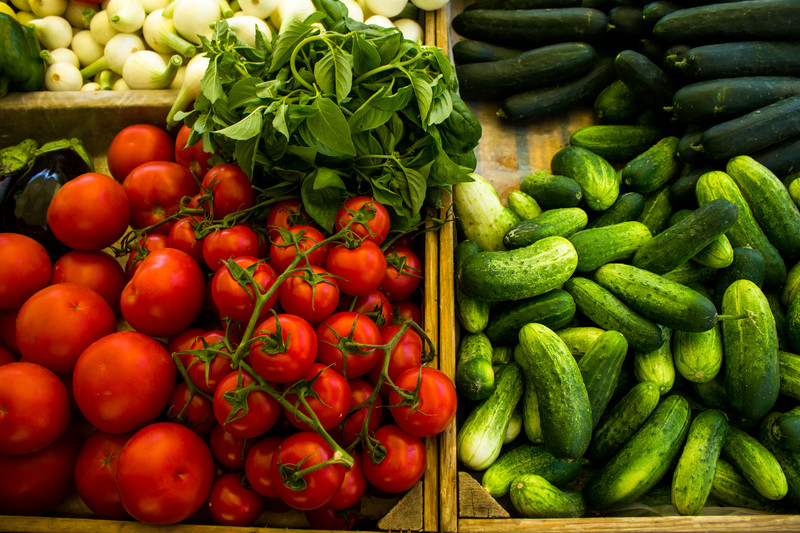
The Paleo diet is a more holistic andcomplete approach to food-related well-being than other trendydiets on the market. Many popular dieting plans are designedspecifically for weight loss and center around the idea that thecarbohydrate intake of the average modern person is far too high,causing weight gain when the bodys natural processes store excesscarbohydrates as fat. The starchy grains and refined sugars thatcontribute so much to a high carb intake are products ofagricultural development, and also have a high rate of geneticmodification. The Paleo diet removes entirely not only sugar,grains and legumes, but also dairy products, which were not in thestone-age humans diets.
The Origins Of The Paleo Diet
Pioneered in the 70s by a gastroenterologistnamed Dr. Walter L. Voegtlin in his book The Stone Age Diet, thePaleo diet is based on extensive scientific research that suggeststhat our genetics are simply not compatible with the carbs, transfats and sugars that so many peoples diets are commonly loadedwith today. Unlike the omnivorous low-fat model of the typicalcaveman diet held by many researchers, The Stone Age Diet presentsa robust argument for a Paleolithic human ancestor that was almostentirely carnivorous and survived first and foremost on animal fat,with very limited supplement from the vegetable world. Thehigh-protein, meat-eating model held forth in Dr. Voegtlins bookis heavily supported by a comparison analysis of human anatomy,which has much more in common with the anatomy of carnivorouspredators than it does with that of herbivores. Fundamentaldifferences between carnivorous human anatomy and herbivoreanatomy, from our teeth to our appendix, make it physicallyimpossible for humans to ever fully adapt to a plant-based diet,and Dr. Voegtlin speculated that it is this inadaptability whichcauses a wide array of degenerative conditions.
Later approaches to the Paleo diet supportedan idea of a caveman who ate lean meats low in natural saturatedfats, such as fish and wild game, supplemented with high amounts ofplant fiber and moderate amounts of monounsaturated fats that canbe found in plant oils like olive and almond. Although there are afew different schools of thought regarding exactly what ourevolutionary ancestors ate for lunch, everyone can agree on whatthey didnt eat. Whether the Paleo human chowed down on thefattiest parts of meat or had a nice salad instead, or both, Paleodiets had little or no refined sugar or salt in them at all..
The StoneAge Diet
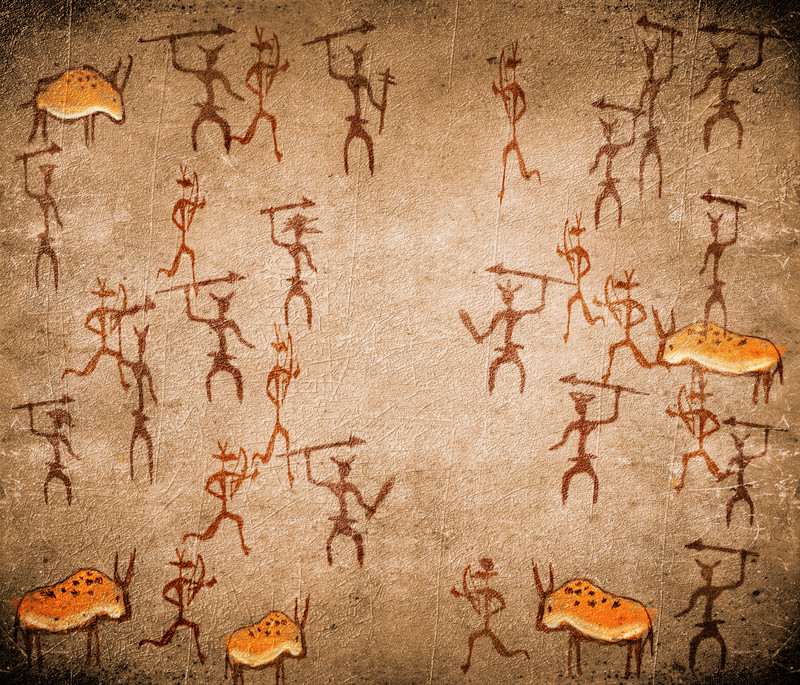
The Paleolithic era is one of the largestsegments of human history, spanning millions of years. Also calledthe Stone Age, the Paleolithic era began with humankindsearliest use of stone tools, even before the homo sapiens species,and ended with the invention of agriculture about ten thousandyears ago. Modern agricultural practices that provide a largemajority of our food sources have existed for a relatively shorttime, and in the context of the long history of human evolution,have hardly existed any time at all. The Paleo diet is founded onthe principle that we have a digestion system that is optimized fora pre-agricultural diet, and that the human body is naturallydesigned to most efficiently process the same foods that ourancestors ate. The development of agriculture not only madeavailable new food sources that our bodies are not naturallydesigned to process, but also paved the way for centuries ofgenetic modification practices that, while they made food easier togrow, harvest, and distribute, did not make it easier to digest ormake the nutrients more available for our bodies to use.
The principle is simple enough: dont eatanything a caveman wouldnt eat; but the effects can be profoundand long-lasting. Historical and scientific evidence suggests thatdigesting and processing agriculturally produced foods puts morewear and tear on the bodys entire system than consuming the foodswe were naturally evolved to eat. The unnecessary strain thatmodern foods cause has been linked to weight gain, diabetes, andeven other serious degenerative conditions like Parkinsons andAlzheimers. Though many people who are mindful of their diets havethe common sense to select non-GMO fruits and vegetables, manymodern food sources, especially grains, have been geneticallymodified by plant husbandry to exist in forms that would never beencountered in the natural world. We have limited hard evidencetoday of how cavemen lived and what they ate, but thousand-year oldtools and artifacts paint a picture of humans who mainly lived byhunting, and ate what plant life they could gather from theirsurroundings. While there is some evidence that the Paleo human dideat seeds, nuts, and other plant life, thousands of years ofagricultural development have changed that food source intosomething the human body, barely changed at all, has not adapted tohandle efficiently.
Next page
